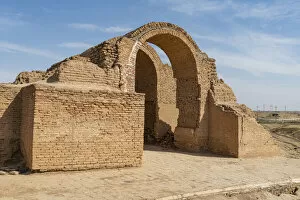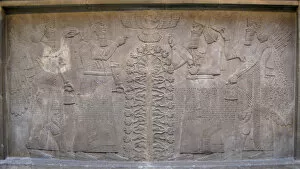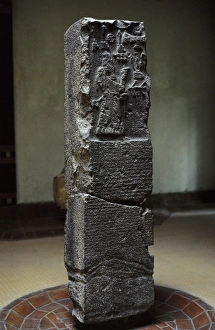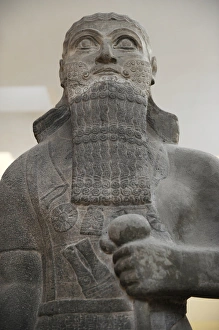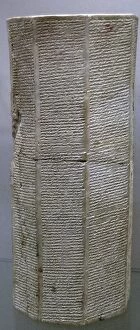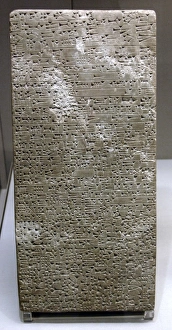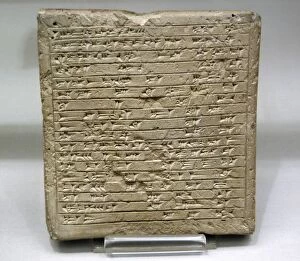Assur Collection
"Discovering the Ancient Gate: Assur, a Window into Assyrian History" Step back in time and explore the captivating ancient town of Ashur, also known as Assur
All Professionally Made to Order for Quick Shipping
"Discovering the Ancient Gate: Assur, a Window into Assyrian History" Step back in time and explore the captivating ancient town of Ashur, also known as Assur. This UNESCO World Heritage Site in Iraq holds a wealth of historical treasures that shed light on the mighty Assyrian civilization. Immerse yourself in the grandeur of the Obelisk of King Adad-Nirari III, standing tall since 810-783 BC. Its inscriptions tell tales of conquests and victories that shaped this powerful empire. Marvel at the intricate relief depicting two figures of Ashurnasirpal alongside winged mythological beings and the god Ashur himself. This masterpiece from 885-860 BC showcases Assyrian artistry at its finest, with a Tree of Life symbolizing eternal vitality. Gaze upon the majestic statue of King Shalmaneser III, an emblematic figure who ruled from 858-824 BC. His regal presence embodies the strength and authority that characterized these ancient rulers. Witness history come to life through engravings depicting Assur-bani-pal enthroned in Calach. These reliefs offer glimpses into royal ceremonies and highlight their opulent lifestyle. Transport yourself to Covent Garden's Royal Italian Opera where "Semiramide" unfolds before your eyes. The opera vividly portrays scenes from ancient Assur, capturing its cultural significance even centuries later. Picture an imposing army leaving behind Assur's protective walls to confront western Semitic opponents—a testament to their military might and determination to safeguard their kingdom. Stand before the magnificent Ziggurat towering over old Ashur—an architectural marvel that served as both a religious center and administrative hub for this thriving city-state. Delve into history further with an octagonal clay prism dating back to around 1100 BC—its annals recounting significant events during Assyria's reign over vast territories.

